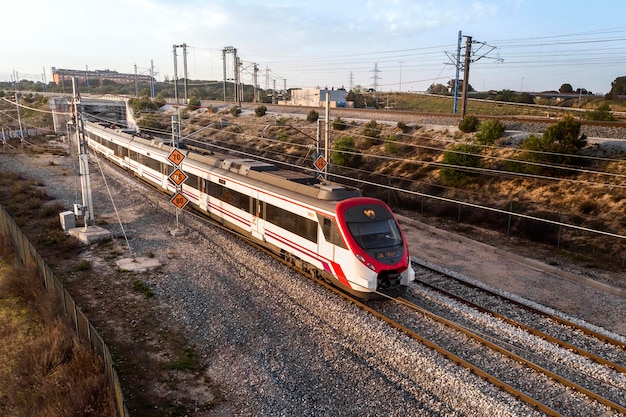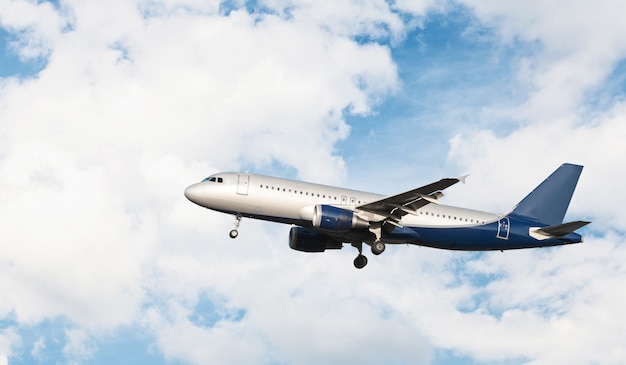London to Amsterdam in Style: Comparing Train, Plane, and Ferry Options
London to Amsterdam in Style: Comparing Train, Plane, and Ferry Options
Blog Article
Traveling from London to Amsterdam offers a diverse array of transport options, allowing travelers to choose their preferred mode of travel based on convenience, cost, and experience. Whether you prioritize speed, scenic views, or simply wish to indulge in a more relaxed voyage, comparing the train, plane, and ferry options will help you make the best choice for your journey.
The Elegance of Rail: A Seamless Connection
For those who cherish the romance of rail travel, the London to Amsterdam train is a seamless and stylish option. The Eurostar, renowned for its speed and comfort, offers a direct route connecting two iconic cities. Departing from London’s St Pancras International, this journey transports passengers through the scenic countryside of southern England, the Channel Tunnel, and the picturesque landscapes of northern France and Belgium before arriving in the heart of Amsterdam.

One of the primary advantages of taking the train is the ease of boarding and the central locations of both stations. Avoiding lengthy airport security procedures and baggage checks, train travelers can simply check in a few minutes before departure and relax in comfort. The Eurostar offers spacious seating, power outlets, and even onboard dining, ensuring a pleasant and efficient journey. What truly sets the train apart is the door-to-door experience—both London St Pancras and Amsterdam Centraal are centrally located, reducing the need for additional transfers upon arrival.
For those looking to save on costs, especially with last-minute bookings, opting for cheap train tickets can make a significant difference. By booking in advance or utilizing rail discount websites, passengers can find more affordable fares without sacrificing the comfort of their journey.
Taking to the Skies: Air Travel Convenience
Flying remains the quickest option for those focused on getting from London to Amsterdam in the shortest possible time. With a flight time of just over an hour, several airlines, both budget and full-service, operate multiple daily flights between these two bustling cities. Flights generally depart from major London airports, including Heathrow, Gatwick, and London City, while landing at Amsterdam’s Schiphol Airport, one of Europe’s largest and busiest hubs.

While the flight duration is brief, the process of flying involves several additional time-consuming steps. Airport transfers, security checks, and waiting times can quickly add up, turning what might seem like a fast trip into a longer experience. Schiphol Airport, while efficient, is located outside of Amsterdam’s city center, requiring a further train or taxi ride into town, which can add to the overall journey time.
Despite these logistical challenges, flying remains an attractive option, particularly for those seeking competitive fares. Low-cost airlines often offer discounts, especially when booking in advance or during off-peak seasons. Travelers can take advantage of flash sales or loyalty programs to further reduce the cost of air travel. However, the need to factor in additional transportation costs and airport inconveniences makes this option less alluring for some.
Sailing Across the Channel: The Ferry Experience
For a more leisurely experience, the ferry route between the United Kingdom and the Netherlands presents a unique and stylish alternative. Although this option takes considerably longer than both the train and plane, the journey itself becomes an experience to savor. Ferries depart from Harwich, offering overnight crossings to the Hook of Holland, where travelers can connect to Amsterdam by train.

Ferry travel provides a blend of adventure and relaxation, with passengers enjoying the onboard amenities such as restaurants, lounges, and private cabins. For those who relish the idea of unwinding as they cross the sea, this mode of transport offers a tranquil atmosphere where time seems to slow down. While this option is less convenient for time-pressed travelers, it is ideal for those seeking a scenic escape or those who may want to bring a vehicle along for a longer European road trip.
Booking a ferry ticket can be cost-effective, particularly when compared to peak airfares or train prices. However, the overall travel time, which includes both the ferry crossing and subsequent train ride, can span upwards of 10 hours. Despite the longer duration, the ferry option appeals to those who prioritize the journey itself over reaching their destination quickly.
Cost Comparisons: Rail, Air, and Sea
When evaluating the cost of travel, it's essential to consider not only the ticket price but also the additional expenses that may arise during the journey. For example, while booking cheap train tickets for the Eurostar may seem more expensive than some budget airlines, the overall cost may be comparable or even lower once airport transfers, baggage fees, and additional travel time are factored in.
The plane may offer the lowest fares during off-peak seasons or flash sales, but last-minute bookings often come with a premium price. Furthermore, the time spent traveling to and from airports, alongside the added stress of navigating airport security, may not appeal to all travelers.
On the other hand, ferry travel, while usually more affordable than both the train and plane, compensates for its lower cost with a longer journey time. This makes it less appealing for business travelers or those with tight schedules but perfect for leisure travelers who want to combine their travel with a mini cruise-like experience.
Flexibility and Booking Strategies:
Another important factor to consider when planning a trip from London to Amsterdam is flexibility in ticketing. For rail travelers, booking through platforms that allow for flexible travel options, such as split my ticket, can help reduce costs. By splitting the journey into smaller segments rather than purchasing a direct ticket, passengers can potentially save a significant amount on fares without compromising their travel experience.
For air travel, flexible ticketing options are often available but can come at a higher cost. Many budget airlines charge extra for the ability to change flights or select preferred seating, meaning that a bargain ticket may become more expensive than initially anticipated.
Ferry tickets, typically less flexible than air or rail options, tend to have more rigid booking policies. While some ferries may allow changes to travel dates, last-minute adjustments are usually not possible without incurring additional fees. That said, ferry passengers generally benefit from the most straightforward booking process, as ferry schedules are often less congested and do not fluctuate as frequently as flight or train timetables.
The Environmental Consideration:
In recent years, environmental concerns have become a significant factor for travelers choosing between transport options. Rail travel has emerged as one of the most environmentally friendly modes of transport. The Eurostar, in particular, emphasizes its commitment to sustainability, with lower carbon emissions per passenger compared to flights. This makes the London to Amsterdam train an attractive option for eco-conscious travelers.
Flying, on the other hand, is often criticized for its high environmental impact, with aircraft emissions contributing significantly to carbon pollution. While some airlines have introduced carbon offset programs, the ecological footprint of air travel remains far greater than that of trains.
Ferry travel occupies a middle ground in terms of environmental impact. While ferries also produce emissions, they do so at a slower rate, making them less harmful than planes but not as eco-friendly as trains. However, the ability to transport multiple passengers and vehicles on a single journey makes it a viable option for those wishing to reduce their overall environmental impact.
Conclusion: Choosing the Ideal Option
Selecting the best travel option from London to Amsterdam depends largely on personal priorities. For travelers seeking speed and convenience, air travel remains the quickest route. However, those who prefer comfort and a stress-free boarding process may find the London to Amsterdam train the ideal balance of efficiency and ease. Finally, for those who wish to enjoy a leisurely voyage across the sea, the ferry presents a unique and relaxed alternative.
With the availability of cheap train tickets, low-cost flights, and scenic ferry journeys, each mode of transport offers its own unique benefits. By weighing the advantages and disadvantages of each option, travelers can make an informed decision and enjoy their journey from London to Amsterdam in style.